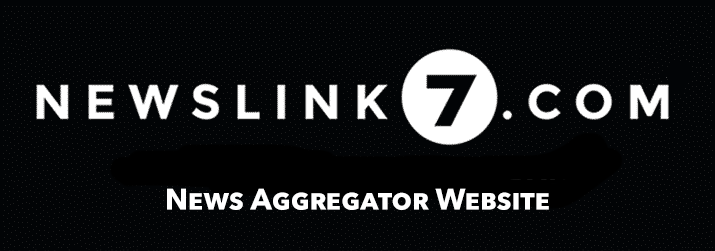Federal Reserve Cuts Interest Rates in Dramatic Shift, Signaling End to Inflation Fight
The Federal Reserve boldly moved on Wednesday, cutting its benchmark interest rate by an unprecedented half-point. This is a notable shift after years of aggressive rate hikes aimed at taming inflation and making borrowing significantly more expensive for American consumers. The Fed’s decision, signaling a growing confidence in managing inflation, suggests that the economy is moving sustainably toward its target of 2%.
Inflation Battle: Victory Declared, Concerns Remain
In its statement, the Fed hinted that the inflation fight may be nearing an end. Inflation peaked at 9.1% in mid-2022 and has since dropped to 2.5% in August, edging closer to the central bank’s goal. However, many Americans still feel the pinch of high prices for everyday goods like groceries, gas, and rent. Former President Donald Trump has pointed to the Biden-Harris administration as the root cause of the inflationary surge. At the same time, Vice President Kamala Harris counters that Trump’s proposed tariffs on imports could push prices higher.
Impact on Borrowing Costs
The Fed’s rate cuts are expected to lower consumer borrowing costs over time, benefiting those with mortgages, auto loans, and credit cards. Mortgage rates, already down to 6.2%, an 18-month low, are likely to spur a rush for refinancings, offering significant financial relief to homeowners. Additionally, businesses may find it easier to borrow and invest as rates decrease, potentially boosting economic growth.
Political Implications of Timing
The rate cut, coming just weeks before the upcoming presidential election, has prompted criticism from Trump, who claims that the move could be seen as political interference. Despite the timing, some key Senate Republicans have supported the Fed’s decision. The Fed’s next meeting, scheduled for November 6-7, right after the election, could further shape the political and economic landscape. The rate cuts could potentially influence the election outcome and the subsequent economic policies of the winning party.
Slower Job Growth and Rising Unemployment
While inflation appears to be cooling, the job market has started to show signs of slowing. Unemployment, at a historic low of 3.5% in April 2023, has now risen to 4.2%. However, much of this increase is due to an influx of job seekers, including new immigrants and recent college graduates, rather than widespread layoffs. This influx of job seekers could be a result of improving economic conditions and the perception of better job opportunities, which could be a positive sign for the economy.
The Fed’s Future Plans
The Fed’s latest rate cut brings its key rate down to 4.8% from its previous two-decade high of 5.3%. The central bank has signaled that further cuts are likely, with projections of an additional half-point reduction in the November and December meetings. The Fed anticipates more cuts in 2025 and 2026, aiming to balance economic growth and inflation. This information provides a clear roadmap for the future economic changes.
This strategic shift underscores the Fed’s priority of supporting the slowing job market while ensuring inflation remains controlled. As the economy navigates these changes, the impact on borrowing, spending, and overall growth will unfold in the months ahead.



